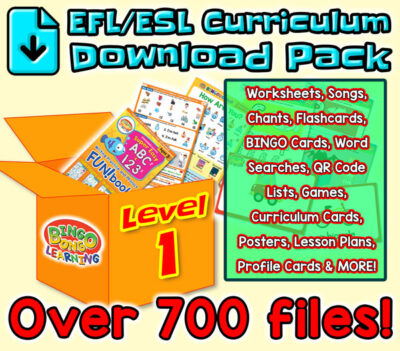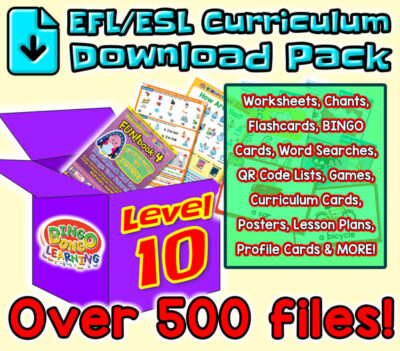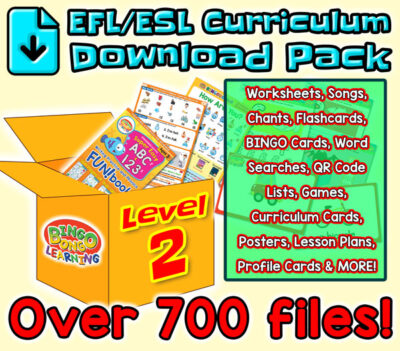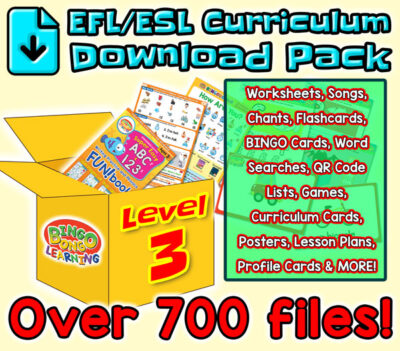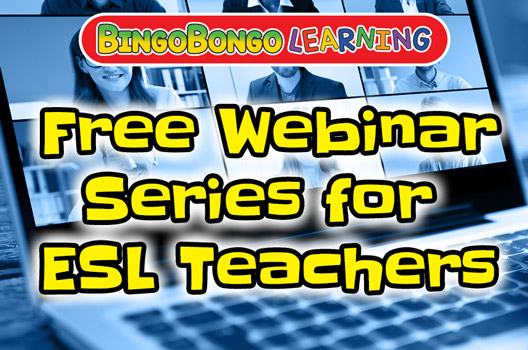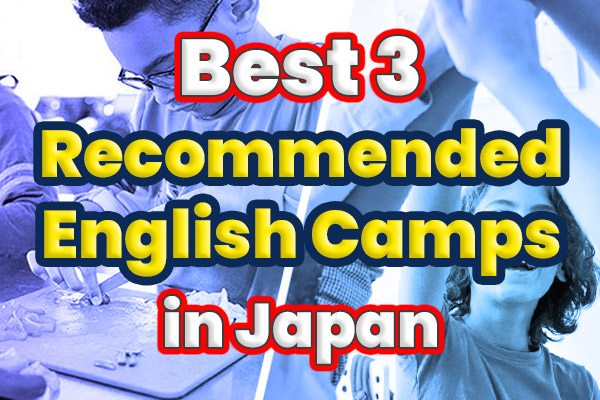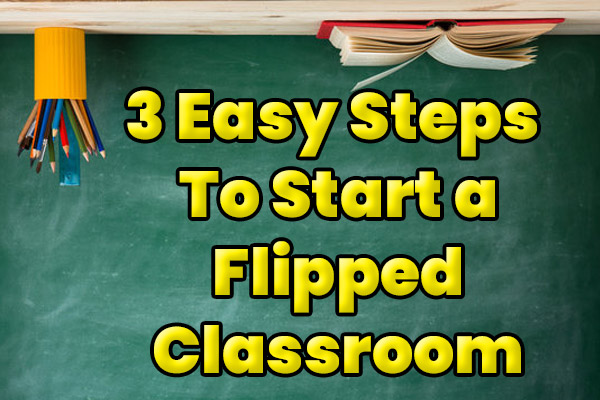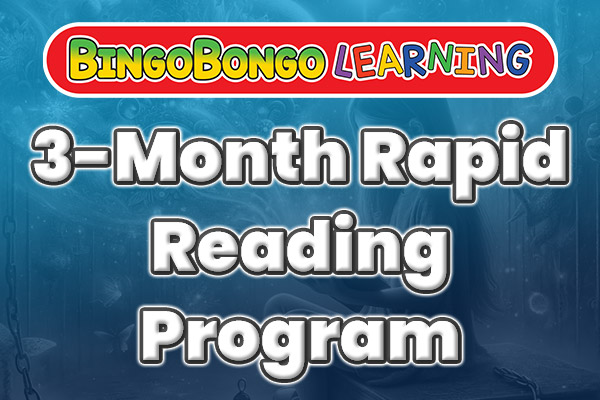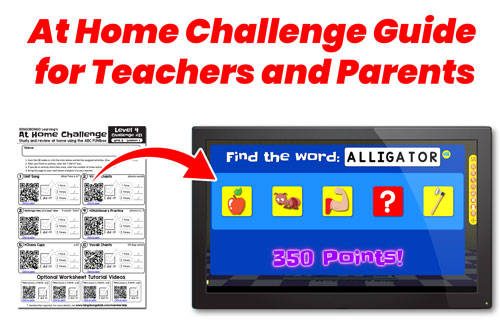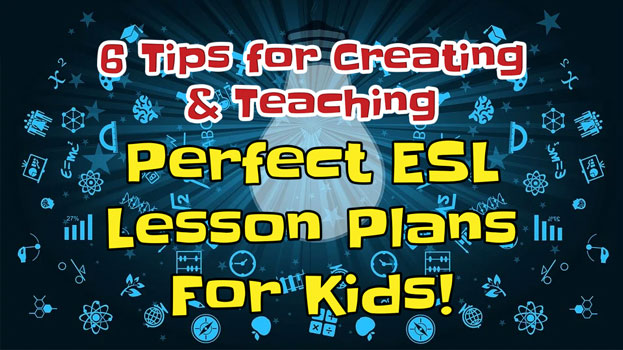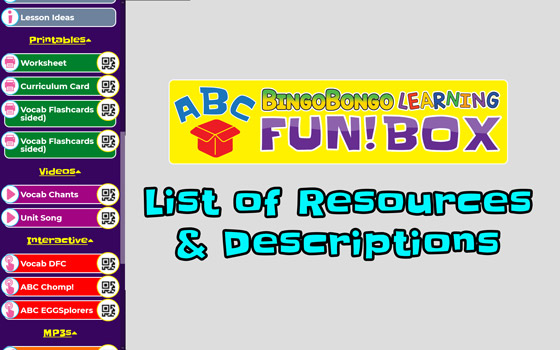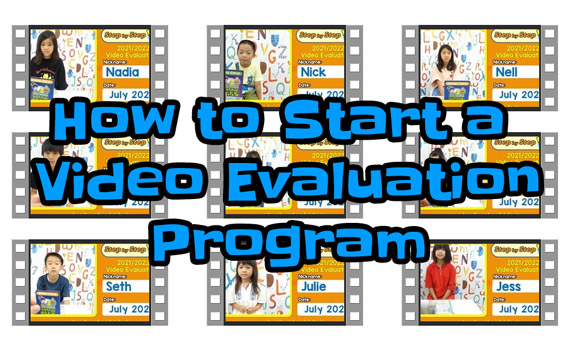A Guide for eikaiwa Schools in Japan to Building an Effective Free Kids English Curriculum

Today’s topic is how to build an effective free English curriculum for kid classes in an eikaiwa school (English conversation school) or EFL/ESL lessons. A solid curriculum will not only help your students learn more effectively, but it is also an invaluable tool for growing your business. Your curriculum is effectively your product, so the better you design it, the better your chances are at having a successful school. While the focus of this article is kid classes, many of the ideas can be applied directly to other services such as adult conversation classes or business classes.
Many school owners focus a lot of time and energy on building up the school’s image and brand yet leave the curriculum planning as an afterthought. As a result, the growth of the school can be stifled, and getting new students can be a struggle. This is exactly one of the mistakes I made when starting my eikaiwa in 2012. (You can read about some of my other mistakes to avoid when starting an eikiawa.) So, if you’ve recently started your own eikaiwa school or are planning to do so in the near future, it is crucial to build a strong, effective curriculum which quickly yields positive results that teachers, students, parents of students can see.
There are several differing opinions about the best way to teach EFL/ESL English classes in Japan. Some teachers prefer a curriculum which focuses heavily on reading and writing, while others believe acquiring a foreign language primarily through listening and speaking before learning to read and write to leads to a higher level of spoken fluency. There is plenty of research to suggest that both approaches have their strengths and weaknesses. It is also argued that each of the skills, speaking, listening, reading, and writing, can boost the others when effectively combined in an EFL curriculum. Regardless of the approach you choose, the ideas discussed here will help build a framework upon which you can build a powerful English curriculum.
A Commonly Found Curriculum in English Conversation Schools and its Weaknesses
If you were to compare the curricula of five different conversation schools, you’d notice that most of them are similar. They are usually based on popular series of textbooks, often applying a one-size-fits-all approach to teaching English in many countries around the world. This style of curriculum, unfortunately, doesn’t specifically address difficulties that EFL students in Japan encounter.
Now, let’s look at how this textbook-based curriculum is usually taught in lessons. One common lesson plan I’ve seen used countless times goes as follows: a teacher prepares a lesson using songs, flashcards, and games related to vocab in the textbook, students practice the vocabulary (primarily nouns) such as fruit, sports, or days of the week, and then students play games incorporating the vocabulary. Sometimes there is a target sentence such as “What fruit do you like?” In some cases, there is also a page or two of homework assigned and checked in the following class.
The best part about teaching this style of lesson is that it’s easy! That’s why it’s popular. Teachers with very little experience can do it, students get to have fun playing games, and schools can show parents a textbook to develop confidence in the English program. There is no question that students are learning something while having fun, so a school using this style of curriculum should have no problems quickly increasing their student numbers and profitability as a business, right? Unfortunately, it’s not that easy. Even though students are learning a lot of vocabulary, it’s not being used in realistic conversation settings. Students learning with this style of curriculum can easily learn vocabulary, reading, and writing, but any student who attends junior high school in Japan can achieve a similar level of ability. Is the point of eikaiwa schools to teach children things they are expected to learn in the future simply at a younger age? I would argue against that.
Another major weakness with this approach is that students become hooked on the excitement of playing games in class and associate English with games rather than thinking of it as a practical tool for communication. Another problem is that after using this curriculum for one year, what results can be shown to the parents of students? After all, they are the ones paying to keep the school in business. Parents will be more impressed with seeing their children communicating in English, rather than using limited vocabulary while playing games. The more progress you can show parents with a curriculum, especially in the area of spoken English communication, the better your chances of getting new students and decreasing the rate that students quit the English program.
A Better Solution to Teaching English Lessons in Japan
Considering the weaknesses mentioned with the “standard curriculum” approach, I set out to design a new curriculum. I wanted to create a curriculum with lessons that focused on realistic English situations rather than games. I also wanted to be able to produce quantitative results so that parents could visualize the progress of their children. The result I came up with was the BINGOBONGO English Curriculum, and it’s shown incredible results in the six months since I started using it in my classes. In addition to retaining students for longer, there’s also been a significant increase in the number of new students and an increase in the sign-up rate from our free trial lessons. The reason is simple: students aren’t coming to class to play games, they’re coming learn to communicate, and parents can see the results we promise in our curriculum.
When you are building a new curriculum or improving your current curriculum, it’s important to ask yourself if you have also addressed these challenges. By making sure your students are learning “real English,” as opposed to “game English,” and showing your customers (the parents) tangible results, you can expect to see your student numbers and business grow.
The Free BINGOBONGO Kids English Curriculum
The main feature of the BINGOBONGO Kids English Curriculum is that all the goals for each level are clearly written out for teachers, students and parents to see. Everyone knows what vocabulary, sentence patterns, verbs, tenses, and other communication goals are expected to be covered each lesson throughout the year. The BINGOBONGO Curriculum is also designed to focus 70 to 80% of lesson time on conversation building techniques and situational English. At the end of each lesson, students also get several pages of simple yet effective worksheets from our FUN!books for reading, writing, listening and review based homework.
The homework, combined with the FUNbook CDs and DVDs, is the foundation of home-based reading and writing component of the curriculum. Students can practice reading and writing at home while building vocabulary and reviewing concepts from class with mom and dad. Parents love the fact that the BINGOBONGO English Curriculum isn’t just taught once a week in class, but can be used outside of lessons throughout the week.
BINGOBONGO ASK (All Star Kids) Profile Cards and BINGOBONGO Curriculum Cards
Two effective resources we created to let teachers, students, and parents the content of the curriculum are the BINGOBONGO ASK (All Star Kids) Profile Cards, and BINGOBONGO Curriculum Cards. The ASK Profile Cards start simple and progressively become more difficult as students progress each year. By the end of each school year students are expected to memorize and say their profile, as well as to be able to ask all of the profile questions from memory. In addition, there are several topics and images on the back that students are expected to know by the end of the year.
On the front of the ASK Profile Cards there are spots for ten stickers. Each of these represents a unit in our curriculum. After each student completes the goals in each unit and passes the comprehension check, they can get a sticker to mark their progress. This is always fun for students and parents to measure progress!
The BINGOBONGO Curriculum Cards are given to students at the beginning of each unit. This card has images of the vocabulary for the unit, the target grammar, a unit song, a homework list for the unit, and the tracks of the CDs and DVDs that will be used in the unit. This way students can easily study at home and parents can easily check what homework is required, as well as what tracks on the CDs and DVDs can be used to review past lessons and prepare for upcoming lessons.
Using Video Evaluations to Show Speaking Progress
One reason that many schools build a curriculum on reading and writing is that it’s easy to teach and it’s easy to show results in the form of written tests. Unfortunately, speaking and communication skills can easily fall behind with this style of curriculum. My school has got several new students who have previously studied at other eikaiwa companies, big and small. I am often surprised by the high reading and writing ability of the students, yet the students usually have troubles answering basic questions and giving a short self-introduction in English.
One challenge with a conversation and communication-focused curriculum is that it’s hard to evaluate. Students are often shy and hesitant to use their English skills outside of the classroom. Some schools hold events such as a school play or speech contest, but these also fail to demonstrate a student’s ability to communicate.
My solution was to implement video evaluations in class twice per year. The video evaluations show a student giving a self-introduction based on their ASK Profile Card followed by a simple interview with a teacher. Each student then gets a password protected page where we upload the video evaluations for parents to see. It’s easy to see the progress made after each year of study using the BINGOBONGO Curriculum, and over time, parents can see their children grow up, becoming confident English communicators.
Additional benefits of video evaluations include preparing students for interview tests, should they ever take standardized English tests such as TOEIC or TOEFL. It’s also a good way to drive more regular traffic to your website from an SEO standpoint, but that’s a whole different story in marketing and advertising. Ultimately, parents being able to see results in video form over several years is the ultimate way to get word-of-mouth recommendations and a great buzz on social media if parents choose to share the videos.
Try the BINGOBONGO Curriculum for FREE!
Whatever route you decide to go with for a curriculum, it’s important to make sure that your goals are clearly set for teachers, students, and parents, and to have a method to measure and assess the achievements of students. The combination of BINGOBONO FUNbooks, CDs, and DVDs with the BINGOBONGO ASK Cards and BINGOBONGO Curriculum Cards is one great solution to the problem of finding a great curriculum to use in EFL classes and English lessons. When used together with practical classroom English activities, the BINGOBONGO English Curriculum is like no other curriculum. Best of all, you can try it out for free!
The BINGOBONGO ASK Cards and BINGOBONGO Curriculum Cards are free to download and use, and all of the worksheets and flashcards from the FUNbooks are free to download and use in lessons. In addition, for eikaiwa schools and English programs in Japan, we offer up to 50% off the FUNbooks, CDs, and DVDs. If you are interested in trying out the BINGOBONGO Kids English Curriculum, please contact us for a free sample book.
There are plenty more articles for language school owners below!
Starting your own language school can be a rewarding career path, both financially and personally – so check out our other articles on this topic to find out everything you need to know about setting up and managing your own English language school (eikaiwa school in Japan)!
Free EFL/ESL Webinars for English educators and school owners
Transform Your EFL/ESL Teaching: Free Webinars for English Language Educators & School Owners Discover ...
Simplify Your Lesson Planning with the BINGOBONGO FUN!box
The FUN!box has everything you need for great lessons every time! The BINGOBONGO FUN!box ...
5 Great Resources for Teaching Programming to EFL/ESL Students in Japan
5 Great Resources for Teaching Programming to EFL/ESL Students in Japan In this article, ...
5-device IR Thymio Remote Control Easy Installation Instructions
Installation Instructions for the 5-Device Thymio Remote Control Installation Instructions for the 5-Device Thymio ...
8 Great Educational Robots for Kids’ Programming
8 Great Educational Robots for Kids Programming Programming is no longer a niche skill ...
Launch a Successful STEAM + EFL/ESL Programming Course in 5 Easy Steps
Launch a Successful STEAM English Programming Course in Japan in 5 Steps Start an exciting ...
iRobot Root Lite (rt0) vs Thymio II Wireless – Best Educational Robots Comparison
Comparing two popular classroom educational mobile robots: Thymio II Wireless and iRobot Root Lite ...
10 Exciting STEM/STEAM Activities to Motivate ESL/EFL Students in Japan
Motivate Your ESL/EFL Students with These 10 Exciting STEM/STEAM Activities Discover how including STEM and ...
Plan Amazing Lessons in Less Time with BINGOBONGO’s GoZone
Introducing the GoZone, a powerful, new resource for English teachers The BINGOBONGO GoZone is ...
Best 3 Recommended English Immersion Camps in Japan
If You're Interested in Joining an International English Immersion Camp, Check Out Our Best ...
Start an EFL/ESL Flipped Classroom in 3 Easy Steps
You can start an EFL/ESL flipped classroom in 3 easy steps! In the changing ...
The Incredible BINGOBONGO Rapid Reading Program | Start Reading in 3 Months!
The BINGOBONGO 3-Month Rapid Reading Program is changing the way students learn to read! ...
10 Exciting Online ESL Christmas Games for Kids in the Classroom or Online Lessons
Table of Contents: Online ESL Christmas Digital Flashcards Christmas Spelling with ABC EGG-Splorers Christmas ...
At Home Challenge Cards and Guide for EFL/ESL Self-Study
Boost Learning at Home with At Home Challenge Cards for Consistent English Practice (EFL/ESL ...
How to make a 65″ Touch Screen TV with an IR Frame in 4 Easy Steps | Cheap Interactive Whiteboard Alternative
Learn how to make a 65" Touch Screen TV using an infrared IR Frame ...
Free EFL/ESL Webinars for English Teachers
Learn from experienced professionals in our Free EFL/ESL Webinars for English Teachers & School ...
6 Tips for Creating Perfect ESL Lesson Plans for Kids
These 6 tips will help you prepare perfect EFL/ESL lesson plans for kids every time!Whether ...
ABC FUN!box Tutorials and User Guide
How to use the ABC FUN!box (Instructions and Tutorials) Please ...
ABC FUN!box Resource List and Descriptions
Here's a list with descriptions for all the different types of resources and features ...
How to Start an EFL/ESL Video Evaluation Program in 3 Easy Steps
Start a Video Evaluation Program in your English lessons in 3 easy steps! If ...








